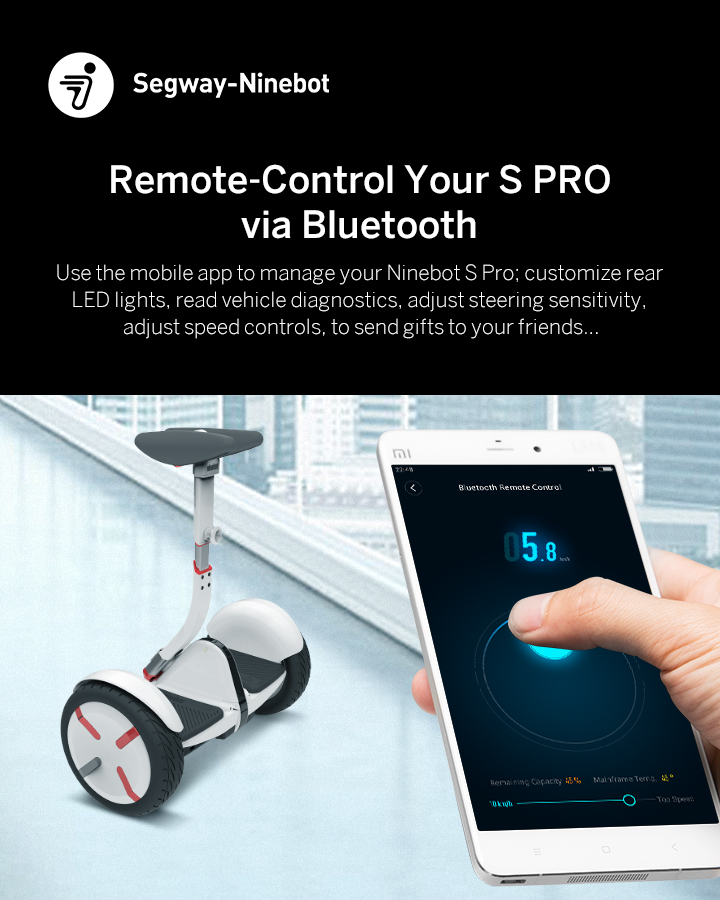

However, for those who have a relaxed riding style and can avoid abrupt direction changes, the Flyer is a reliable trekking bike that is more capable on the climbs than most of its competitors thanks to the front-heavy weight distribution. With luggage on the rear, the nervous handling is amplified during quick changes of direction, regardless of the terrain.

On steep descents, the Flyer pushes the rider forward over the bars and robs you of confidence and the small 180 mm rotor at the rear isn’t reliable enough for long descents either, especially not for heavy riders or when you’re hauling luggage. The bike is outside of its comfort zone on winding trails, where it isn’t as much fun to ride as the sporty Trek Powerfly or Merida eOne-Forty. On bumpy gravel roads, the handling means that you have to pay close attention and look far ahead to avoid having to make sudden manoeuvres. The tires don’t transition well when initiating a turn and the front wheel has a tendency to run ahead of the bike in corners, which can throw the rider off balance. Through fast and tight corners, trying to dodge manhole covers or puddles, the Flyer’s handling feels nervous and wobbly. Don’t make me nervous! – Stability aboard the Flyer Goroc3 6.50 Even with weight on the rack, the front wheel sticks to the ground and remains easy to control. For better connectivity, the Intuvia bracket is compatible with the € 299 COBI.Bike system. The outdated Intuvia display has about as many functions as a sundial. Eschewing classic trekking tires, the more aggressive MAXXIS Forekaster mountain bike tires offer plenty of straight-line braking traction, even on poorly maintained roads. Thanks to the Shimano MT520 four-piston brakes and ergonomic one-finger levers, the Flyer stops reliably. The handling of the Flyer is stable and predictable through long and open corners on flat terrain, which is great for beginners. On climbs, the weight distribution on the Flyer keeps the front wheel planted and easy to control, no matter how steep the incline. That said, the position is upright enough for a good view of your surroundings. This moves weight from your seat to your hands. The riding position on the Flyer is centred above the motor and slightly stretched out. We tested the € 5,699 Flyer Goroc3 6.50, with the size L weighing in at 27.04 kg. The concept promises advantages in terms of handling, comfort and, above all, safety.

It’s hardly surprising that Flyer sent us an ebike imbued with such strong mountain bike genes to take on the competition in our search for the best trekking all-rounder. The mountainous landscape of Switzerland is a trekking paradise while also offering some of the most technical trails in the Alps. When it comes to trekking, Swiss brand Flyer have a home advantage. The Flyer Goroc3 6.50 in review – This is how the E-trekking bike with mountain bike genes rides Click here for more information or order it directly in our shop! Flyer Goroc3 6.50 | Bosch Performance Line CX/625 Wh | 140/130 mm (f/r)Ģ7.04 kg (size L) | € 5,699 | Manufactuer’s website We also provide a lot of specialist knowledge, behind the scenes information and a report on the hottest trends – all of this is wrapped in a high quality print format. Spread over 270 pages of high-quality print, we offer you a comprehensive buyer’s guide, reviews and details of 27 bikes. The E-MOUNTAINBIKE Print Edition 2022 is our fifth annual edition and the ultimate guide in your search for the perfect eMTB. NEW: Before we get into the review, we would like to tell you about our latest print edition. Does that make it a better trekking bike? The likeable Swiss bike aims to prove just that with a Bosch Performance CX motor and dual-battery option. At first glance, the Flyer Goroc3 6.50 doesn’t look like an E-trekking bike as its trekking components can’t hide the mountain bike DNA of the full-suspension platform.


 0 kommentar(er)
0 kommentar(er)
